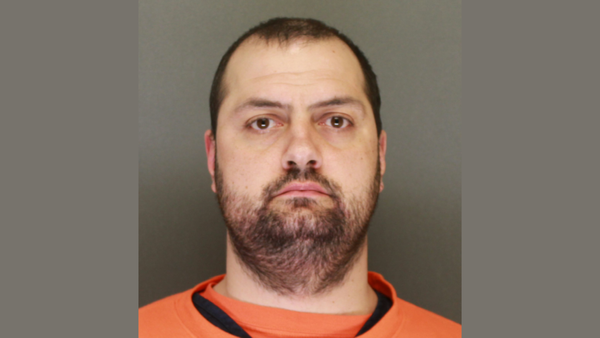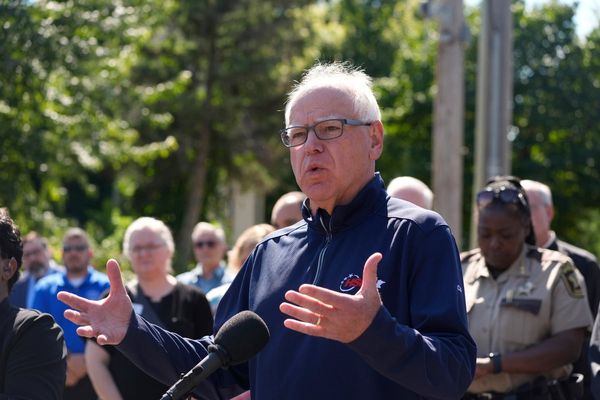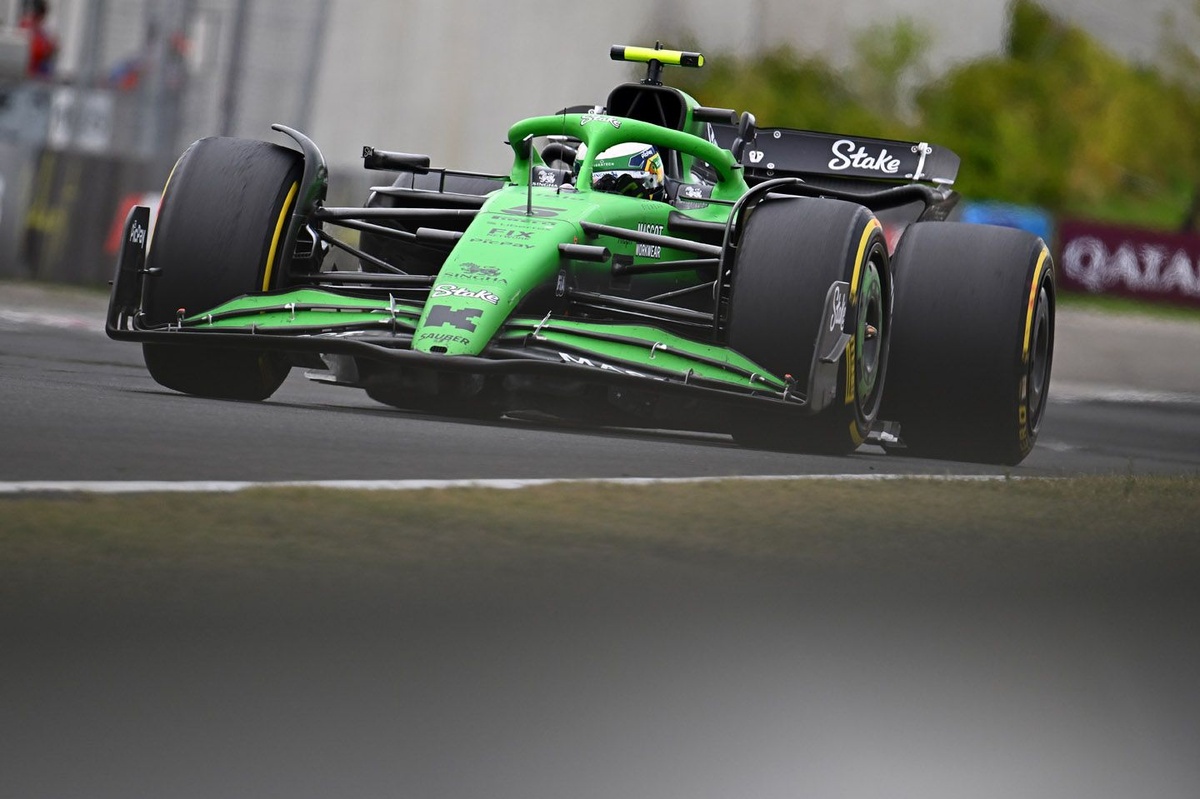
Up and down the F1 pitlane, the finest engineering minds are fully focused on solving the challenges of the forthcoming shift to an entirely new car and drivetrain package for 2026. Given McLaren’s dominance so far this year, many could be forgiven for declaring this a “stop the count” moment and disregarding the 10 remaining rounds of 2025 entirely.
That’s not how Sauber plans to transact the next four months, even though its immediate future involves a transition to a new identity as Audi. A new floor geometry added earlier this year unlocked some unexpected development avenues, which it intends to exploit.
And while the factory’s engineering focus has shifted to the 2026 package, from an operational standpoint Sauber has plenty of development runway, according to team principal Jonathan Wheatley.
“We haven't given up on 2025 yet,” said Wheatley, speaking exclusively to Motorsport.com.
“For us, it's about strength and depth in terms of our operation. So using this momentum that we've gained over the last few months, continuing getting stronger and stronger in terms of our trackside operations, our factory operations.
“And, you know, people talk about continuous improvement, of course, in every single area, we need to just be continually pushing the boundaries. And we need to be adding strength in depth in the organisation.
“We need to be empowering the people, because this is where our shortcut to our ambitious journey is, it's in creating the right culture and creating a working environment where these people are all adding positively to the contribution of the team. So that's very much the goal.”
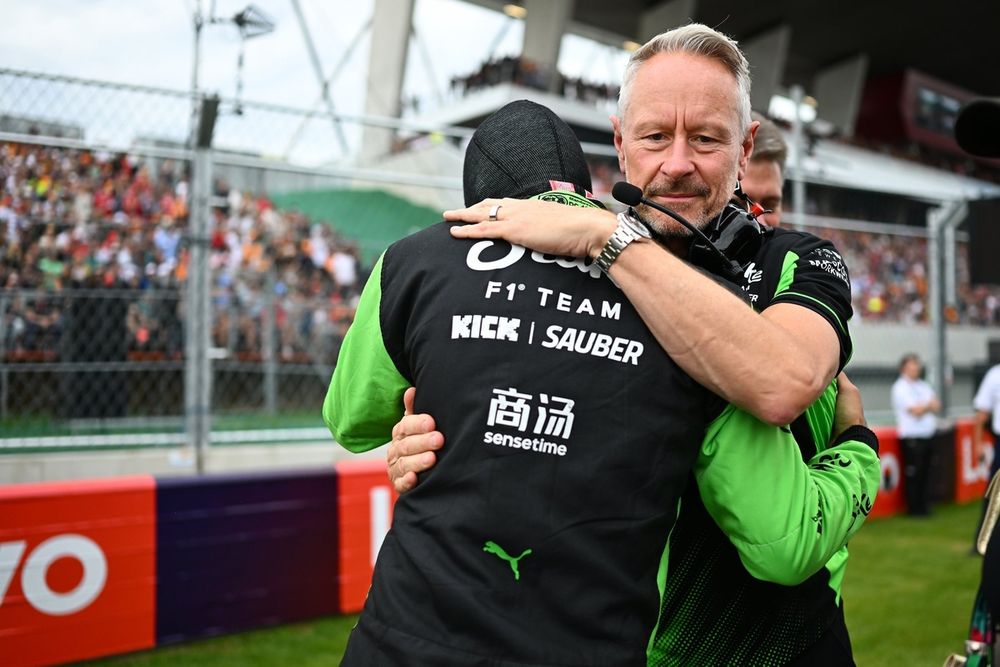
Sauber has much in common with Williams in that it is a team whose glory days are a proverbial speck in the rear-view mirror, but which has great ambitions under a new owner. While it’s absurd to suggest that anyone involved in the operational side of an F1 team is simply treading water, happy just to be there, Sauber – like Williams – has spent much of the past decade or more fighting to keep the lights on. Getting cars to the racetrack was an achievement in itself
For Sauber the peaks in F1 include a 2001 season where a rookie Kimi Raikkonen made his name in the technically adventurous C20 car with its ‘twin-keel’ front suspension mountings, and a spell under BMW ownership that put Robert Kubica into contention for the 2008 world championship. Kubica still believes he would have had a better shot had BMW pushed on with in-season development rather than shifting focus to the ’09 car early.
When BMW joined the manufacturer exodus in 2009, during the aftermath of the global financial crisis, the team narrowly avoided falling into the hands of the so-called ‘trillion-dollar conman’ Russell King. Since then, for the most part, it has bumped along the bottom.
In these circumstances, lack of investment means a slow slide away from cutting-edge facilities in the factory, a battle to make do, and a struggle to attract the best engineering talent. Among Wheatley’s mandates from Audi is to instil some of the winning mentality drawn from his time as sporting director of Red Bull, where the trackside team was as ferociously competitive as the drivers.
When Wheatley joined the team at the Japanese Grand Prix, a significant performance update for the C45 car was already making its way through the system and into production. From race one, the C45 has been notably poor in traffic, and both Nico Hulkenberg and Gabriel Bortoleto complained of severe buffeting around the cockpit while running in ‘dirty air’.
The current generation of cars were supposed to be less sensitive to the wake of the cars ahead, so that they could run closer to one another through corners. But development – not just the effectiveness of the underfloor architecture, but also the exploitation of loopholes around wing geometries – has brought increased wake turbulence.
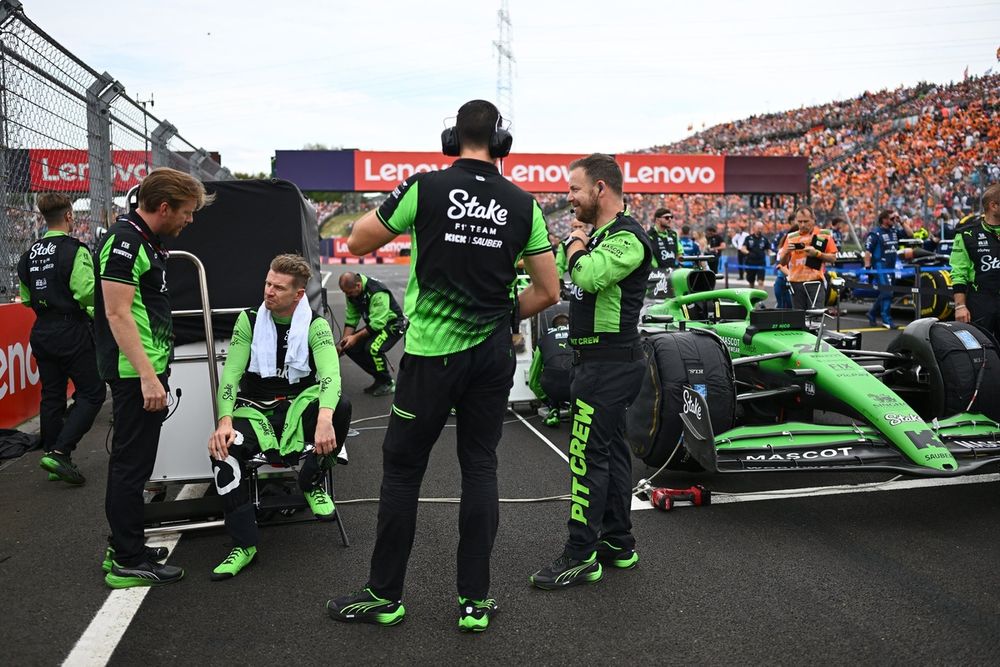
Evolution of the C45 through the season has focused on making the aerodynamics less ‘peaky’; so that the downforce it produces is now more easily accessible and consistent. In Spain, Sauber introduced a new front wing, floor and rear bodywork configuration and with these parts fitted Hulkenberg scored the team’s first points since the season opener in Australia.
More significantly, the revised floor opened up some new development opportunities and Sauber made more changes to the floor edges in Austria and Silverstone, along with new track-specific wing packages. In recent grands prix, Sauber outscored its nearest rivals and gave the frontrunners something to think about: Hulkenberg claimed his first-ever podium at Silverstone and Bortoleto finished three places ahead of Max Verstappen in Hungary.
The mood music from Hinwil suggests this is just the start, rather than a consolidation process.
“In every single area of the business, we can improve,” said Wheatley. “Myself included. Every single day is a learning experience.
“We're going from a small team that's done an incredible job, frankly, of putting two cars on the grid for the last 30 or so years into a fully fledged works Audi F1 team. That journey is ambitious, and we're not going to do it without having the people on board and without challenging every system and operation we have and pushing ourselves beyond the normal amount.
“We announced Revolut internally as our [2026] title partner before we issued the press release, and the energy in the room, the energy in the building, was incredible. It's a great place to be at the moment.”

